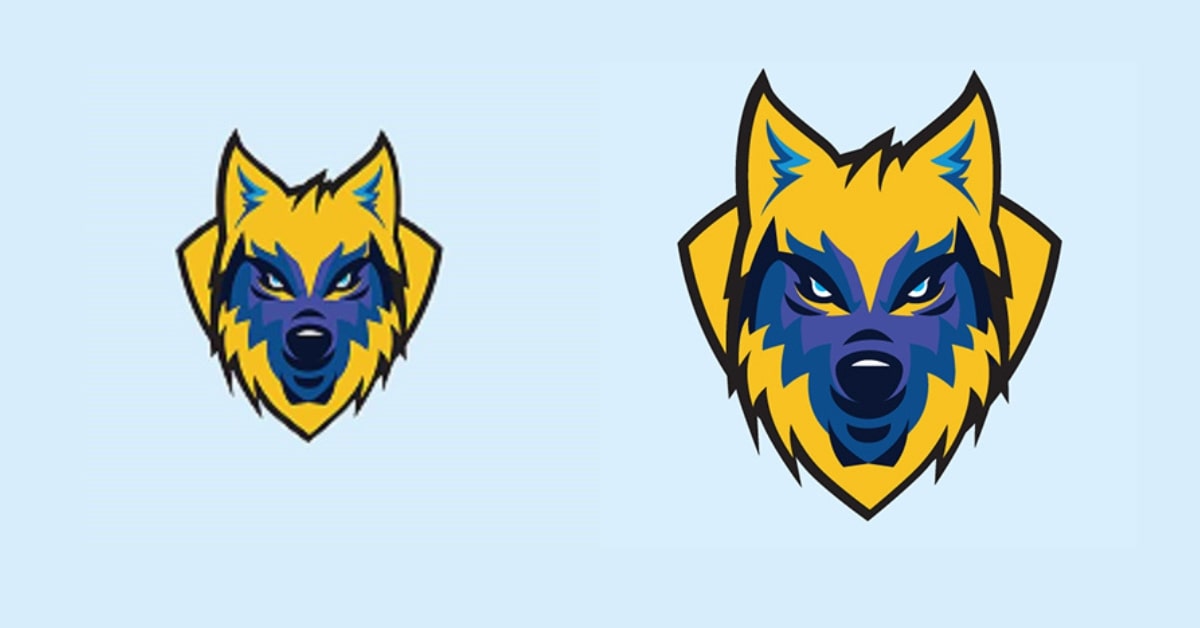In the dynamic world of graphic design, the need for versatile and scalable images is ever-present. Vector conversion software emerges as a powerful tool, offering the capability to transform raster images into scalable vector graphics (SVG). This comprehensive guide delves into the world of vector conversion software, exploring its significance, features, and how it empowers designers to elevate the quality and adaptability of their visuals.
What is Vector Conversion Software?
Vector conversion software is designed to convert raster images, composed of pixels, into vector graphics that use mathematical equations. This conversion enables images to be scaled infinitely without losing quality, making them ideal for various applications in design and digital media.
Benefits of Vector Conversion
- Scalability: Transforms images into vector graphics that can be resized without loss of quality.
- Editability: Allows for the manipulation of individual elements within an image.
- Versatility: Enables the use of images across a range of applications, from web design to print.
Top Features to Look for in Vector Conversion Software
a. Accuracy: The software should provide accurate vectorization, retaining the details of the original image.
b. Editing Capabilities: A good tool allows users to edit and customize vector elements.
c. Conversion Options: Offers various settings and options for optimizing the conversion process.
d. Batch Processing: Supports the conversion of multiple images simultaneously for efficiency.
e. Output Formats: Allows users to save or export vectorized images in different file formats.
Popular Vector Conversion Software Tools
a. Adobe Illustrator: Known for its precision and versatility, Adobe Illustrator is a professional-grade tool for vector conversion and graphic design.
b. Inkscape: An open-source alternative, Inkscape is a powerful vector editing software suitable for various design projects.
c. Vector Magic: Specializing in bitmap-to-vector conversion, Vector Magic provides an intuitive and user-friendly interface.
d. CorelDRAW: A comprehensive design suite, CorelDRAW includes vector conversion features and is widely used in the design industry.
e. Online Converters: Websites like OnlineConvert, Vectorizer, or Convertio offer quick and convenient online vector conversion services.
How to Use Vector Conversion Software?
a. Select Your Tool: Choose the vector conversion software that best suits your needs.
b. Import Raster Image: Open or import the raster image you want to convert.
c. Adjust Settings (Optional): Configure conversion settings, such as resolution or color options.
d. Initiate Conversion: Start the conversion process, and wait for the software to generate the vectorized image.
e. Edit and Save: If necessary, edit the vectorized image and save it in the desired format.
Tips for Optimizing Vector Conversion Results
- Choose the Right Software: Select a tool that aligns with your specific project requirements.
- Adjust Settings Carefully: Fine-tune conversion settings to achieve the desired level of detail.
- Inspect and Edit: After conversion, inspect the vectorized image and make any necessary manual edits for perfection.
Applications of Vector Conversion
- Logo Design: Create scalable and high-quality logos for branding purposes.
- Illustrations: Transform hand-drawn illustrations into editable and scalable vector graphics.
- Print Materials: Prepare images for print materials, ensuring clarity and quality.
Choosing the Right Vector Conversion Software for Your Needs
- Consider Your Skill Level: Choose a tool that aligns with your expertise, whether you’re a beginner or an experienced designer.
- Evaluate Features: Assess the features offered by each software and determine which ones are essential for your projects.
- Trial and Error: Experiment with different tools to find the one that best suits your workflow and preferences.
Conclusion
Vector conversion software serves as a transformative tool, bridging the gap between raster and vector graphics. Whether you’re a graphic designer, illustrator, or someone working with visual media, understanding the capabilities and features of these tools empowers you to create versatile, scalable, and high-quality images. Explore different software options, experiment with the conversion process, and embrace the flexibility that vectorized images bring to your digital toolkit.
FAQs
Can any raster image be converted into a vector graphic?
While most raster images can be converted, the complexity of the image may impact the quality of the conversion. Simple images often yield better results.
Are online converters as effective as standalone software?
Online converters are convenient for quick conversions, but standalone software often provides more control and advanced features for detailed images.
Can vectorized images be further edited after conversion?
Yes, one of the advantages of vector graphics is their editability. You can modify individual elements even after the conversion process.
What is the difference between vectorization and manual tracing?
Vectorization is an automated process where software converts raster images to vectors. Manual tracing involves manually creating vector paths, offering more control but requiring more time and skill.
Are there limitations to vector conversion software for highly detailed images?
Complex and highly detailed images may require additional manual editing in graphic design software to ensure optimal results.
This page was last edited on 27 February 2024, at 10:54 am
